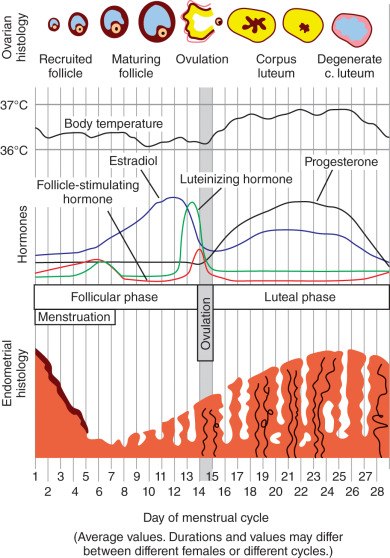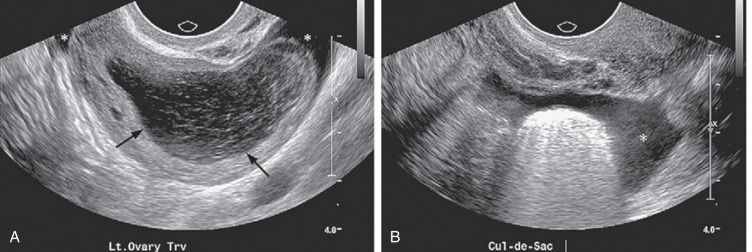Author: Sydney Ford, MD, MPH and Siri M. Holton, MD
Abnormal uterine bleeding (AUB) describes uterine bleeding that is abnormal in regularity, quantity, frequency, or duration, in the nonpregnant person. Historically, AUB was described as in Table E1. The term dysfunctional uterine bleeding was applied when no clear etiology could be identified. These terms have fallen out of favor. In 2011, the FIGO Working Group on Menstrual Disorders released a classification system intended to simplify these definitions. It is known by the acronym PALM-COEIN (Box E1), which is further described later. This classification system divides the causes of AUB into two groups: Structural (PALM) and nonstructural (COEIN). Today, AUB is described according to these criteria.
BOX E1 PALM-COEIN Classification for Abnormal Uterine Bleeding (AUB)
From Walls RM et al: Rosen’s emergency medicine, concepts and clinical practice, ed 10, Philadelphia, 2023, Elsevier.
TABLE E1 Definitions of Abnormal Uterine Bleeding
| Term | Description | ||
|---|---|---|---|
| Oligomenorrhea | Bleeding at intervals greater than 35 days | ||
| Polymenorrhea | Bleeding at intervals less than 21 days | ||
| Hypermenorrhea (menorrhagia) | Excessive flow or bleeding with normal intervals | ||
| Metrorrhagia | Bleeding between menses | ||
| Menometrorrhagia | Excessive flow or duration with periods and between periods | ||
| Withdrawal bleeding | Bleeding after the withdrawal of hormones |
From Crum CP et al: Diagnostic gynecologic and obstetric pathology, ed 3, Philadelphia, 2018, Elsevier.
A normal menstrual cycle (Fig. E1) is typically described as lasting 21 to 35 days with up to 7 days of bleeding per cycle. Total blood loss for normal menses is thought to be less than 80 ml.
| ||||||||||||||||||||||||||||
- The clinical presentation of AUB is variable. Although many patients complain of the abnormality of their cycles, some will present with symptoms of anemia, with AUB being elicited only with a careful history.
- Physical findings depend on the etiology. For example, an enlarged or irregular uterine contour may suggest fibroids, or a polyp may be seen on the cervix during a speculum examination.
- A thorough physical and pelvic examination should be done in every case.
- Workup should be performed to exclude the other causes of abnormal bleeding such as thyroid or endocrine diseases.
- Table E2 describes many of the various causes of AUB.
- Endocrinopathies, including hyperprolactinemia, hyperthyroidism, and hypothyroidism, may also contribute to heavy or irregular menstrual bleeding.
TABLE E2 Causes of Abnormal Uterine Bleeding
| Age (Years) | Differential Diagnosis | ||
|---|---|---|---|
| Prepubertal | Precocious puberty (hypothalamic, pituitary, ovarian) | ||
| Adolescence | |||
| Third and Fourth Decades | |||
| Fifth Decade | |||
| Sixth Decade |
From Crum CP et al: Diagnostic gynecologic and obstetric pathology, ed 3, Philadelphia, 2018, Elsevier.

